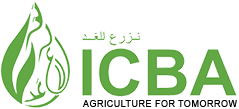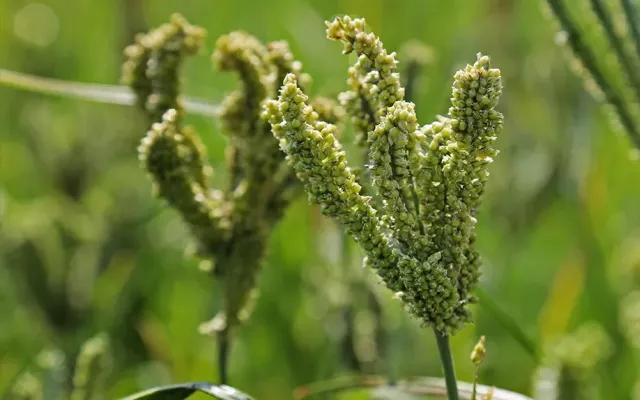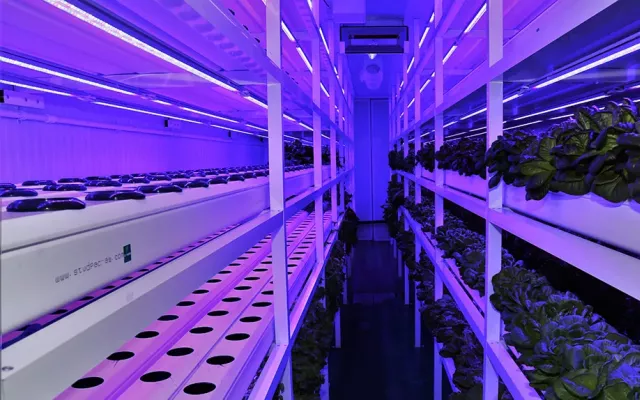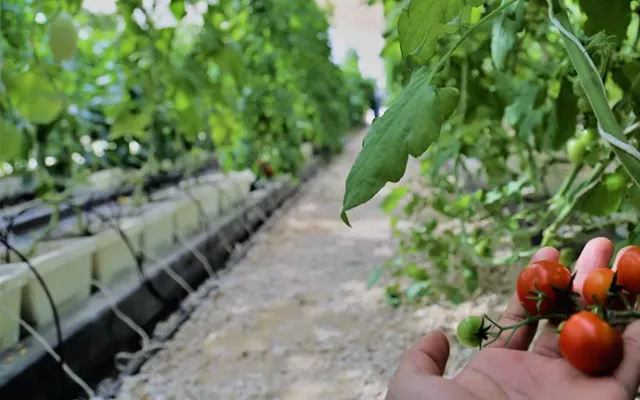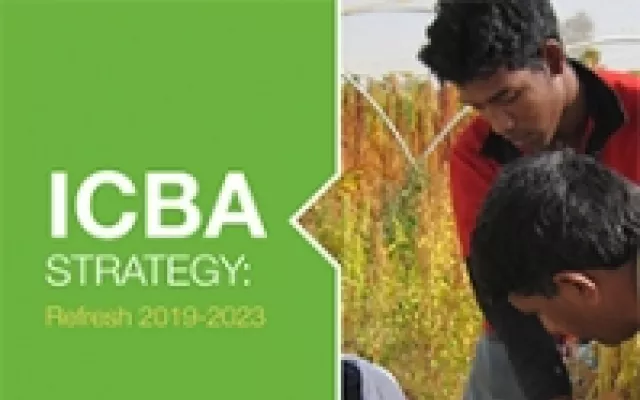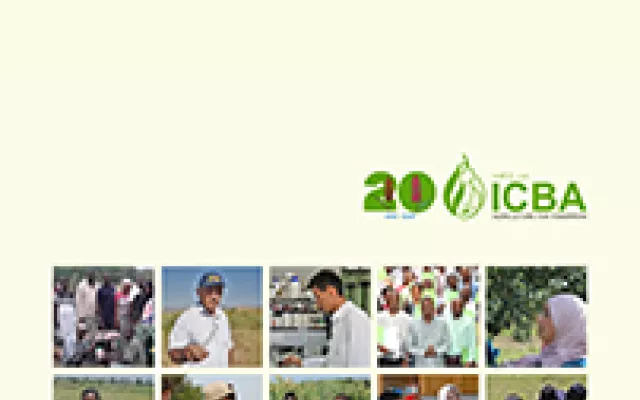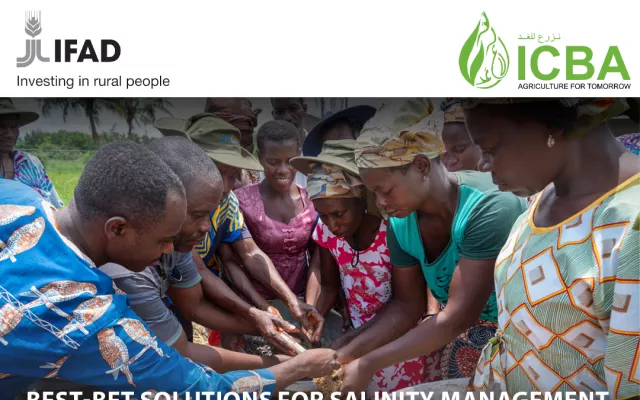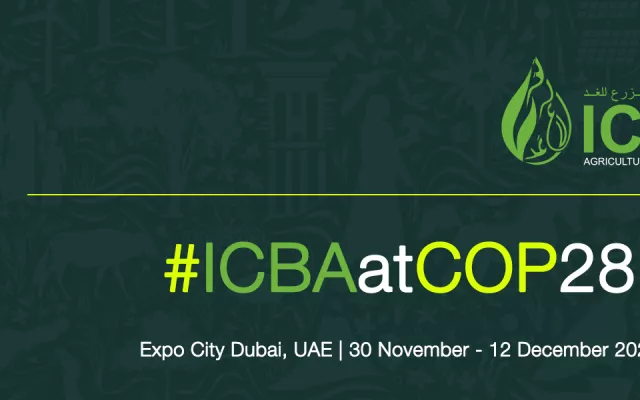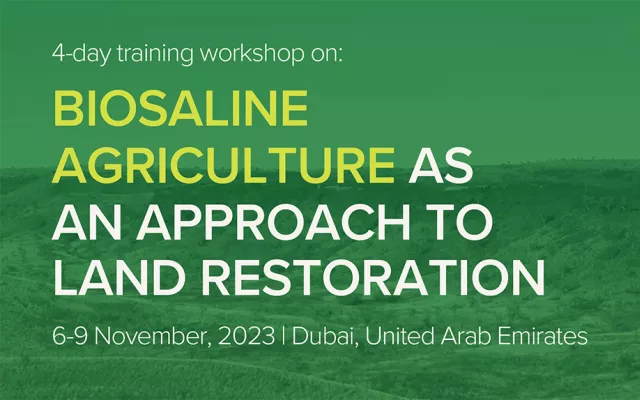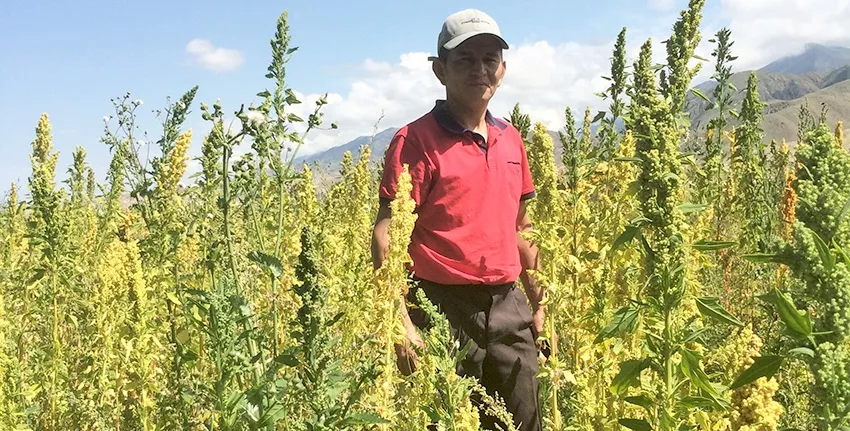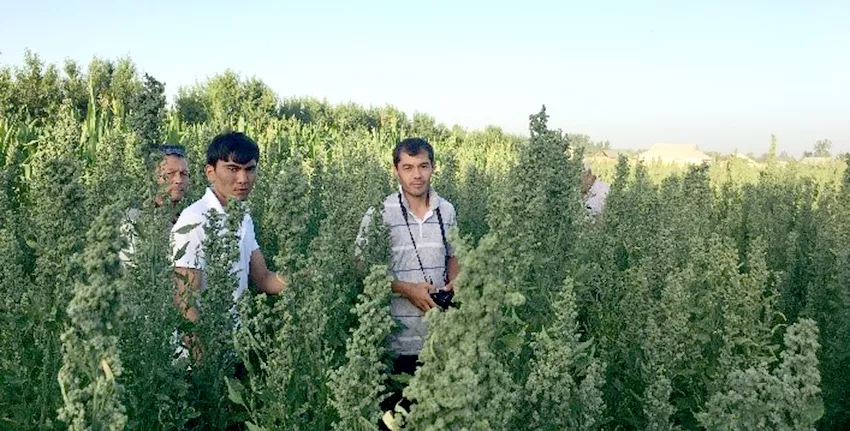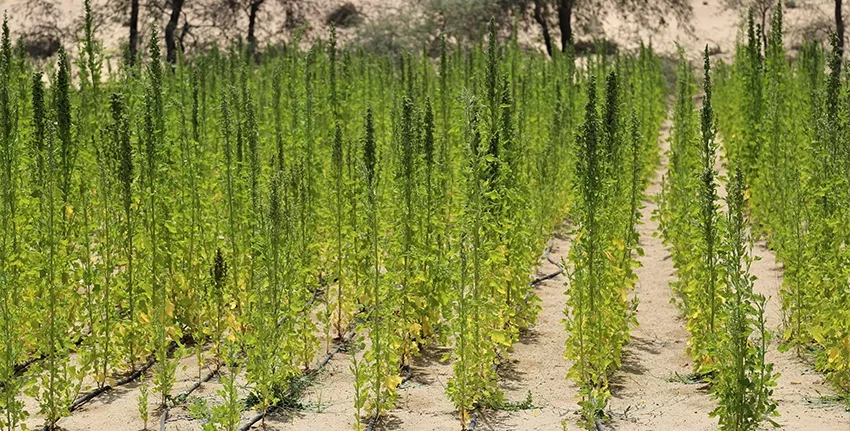Mainstreaming quinoa beyond Andes
31 July 2017
Quinoa, once a staple food of only the indigenous people in the Andes, has become a darling of food aficionados around the world in recent years. So popular it has grown that even some fast food restaurant chains have now dishes and salads with it on their menus. Its exceptional nutritional composition makes it one of the healthiest grains and an upmarket offering. Quinoa is highly nutritious, gluten-free and rich in essential amino acids and vitamins.
Thanks to global advertising and promotion lately, including the declaration of 2013 the International Year of Quinoa, the food has seen a rising demand beyond South America. While Peru and Bolivia remain the main producers, companies and farms around the world have jumped on the bandwagon to produce quinoa. Global quinoa production reached 228,870 tonnes in 2015, up from 74,353 tonnes in 2009, according to Statista, a market research and business intelligence portal.
But it is not only quinoa’s nutritional value that is winning it followers around the world. The crop has remarkable genetic diversity, resilience and adaptability to harsh environmental conditions. It can grow in poor saline soils with annual rainfall as low as 200 mm. As a result, more and more farmers from the Middle East to Central Asia to South Asia are warming to the plant.
At a time when major crops like wheat, rice, barley and corn are progressively failing to withstand soil and water salinity, heat and drought, quinoa looks like a perfect alternative in regions where these problems pose growing risks to agriculture and food security.
It offers more hope for the fight against hunger, malnutrition and poverty in the Middle East, North Africa, Sub-Saharan Africa, South Asia and Central Asia.
The International Food Policy Research Institute, a think-tank, reckons every country faces a serious public health challenge from malnutrition. In countries like India, for example, more than 190 million people are undernourished according to the FAO Hunger Map 2015. The country ranks 170th among 185 countries (incidence: 48.1%) in terms of anemia prevalence among the women of reproductive age.
Scientists believe introducing into agriculture and adding to the local diet nutritious grains like quinoa is one way to fight malnutrition. According to the first World Food Prize laureate and father of India’s green revolution Professor M.S Swaminathan, quinoa can be cultivated in India as an additional grain, though not as a substitute to widely used millets in the country.
While the future may look promising for quinoa cultivation beyond the Andes, there are still many constraints which scientists think need to be addressed before the plant takes off in regions with marginal conditions.
In 2016 the International Center for Biosaline Agriculture (ICBA) and several other organizations convened one of the biggest conferences on quinoa in Dubai, the United Arab Emirates (UAE), attended by over 150 delegates, to look at what needs to be done to make the plant a feasible alternative in marginal environments. The conference issued the Dubai declaration calling for, among other things, initiating a multi-year global research and development program on quinoa.
Since 2007 ICBA has, however, been running its own international program to evaluate quinoa germplasm and single out lines suited to different geographic locations and environmental conditions.
The center stores around 1,000 quinoa accessions in its gene bank and has four lines ready for scaling out in the Middle East, North Africa, South Asia and Central Asia.
The program is under way in Egypt, India, Jordan, Kyrgyzstan, Morocco, Oman, Pakistan, Spain, Tajikistan, UAE, Uzbekistan and Yemen. For example, multi-year trials have shown that ICBA’s lines produce, on average, up to 5.41 tonnes of seed per hectare under highly saline, sandy and arid conditions in the UAE. In Central Asia, the lines have been reported to yield as much as 5.57 tonnes of seed per hectare. ICBA also works with farmers, private companies and research organizations to test quinoa further and grow it for seed.
Mr. Azamat Kaseev, a farmer from Issyk-Kul Region in Kyrgyzstan, who received ICBA’s Q3 and Q5 quinoa lines, said: “I am happy with the quinoa lines and I am planning to cultivate this crop in wider land areas in the coming years. We cook cakes, prepare salads and drinks from quinoa seed and offer the same to neighboring farmers. I have also made an agreement with the local restaurants to supply quinoa seeds. I think quinoa has a high potential to provide income to farmers and has good market options.”
In Spain, the center collaborated with the Instituto Tecnológico Agrario de Castilla y León and provided its lines for trials in local conditions. Scientists obtained good results on growth and maturation of grains.
Dr. Nieves Aparicio, a cereals researcher at the Instituto Tecnológico Agrario de Castilla y León, said: “We received five quinoa lines from ICBA and two of them (ICBA Q3 and Q5) are performing well at the experimental station of our institute. We are hopeful that we will get a good harvest from these lines, especially from Q5. Next year we will start cultivating quinoa at other localities of Castilla y León. The aim is to determine the most adapted lines to our conditions and then extend the cultivation to the farmers.”
In Morocco, farmers in southern regions suffer from the effects of salinity on agriculture. So ICBA partnered with local researchers to study quinoa cultivation in these conditions. They found that it was possible to produce up to 3.8 tonnes per hectare with water as saline as 12 dS/m.
Similar trials run by a local seed company in southern India have also shown positive results. And in Pakistan, Kinwa Foods, a company, is promoting quinoa among smallholder farmers. Kinwa Foods is distributing ICBA’s quinoa lines, sharing technical know-how and providing mentoring and support. And this effort is paying off. Local smallholders are already reporting bumper harvests.
Other international organizations are also implementing initiatives to introduce quinoa into agriculture. For example, the Food and Agriculture Organization of the United Nations has worked in Algeria, Egypt, Iraq, Iran, Lebanon, Mauritania, Sudan and Yemen with international research centers, universities, cooperatives, civil society organizations, agribusinesses and seed enterprises to study, assess and evaluate characteristics of quinoa genotypes and select the ones most suitable for local conditions.
All this is good news. But there is yet a long way to go before quinoa really makes it into local diets. Limited production is still focused on the global market. There are other problems too. Adoption is slow as there is little funding for knowledge and technology transfer. What is more, farmers might be keen to grow quinoa but lack of other actors in the production chain means they would have to handle post-harvest processing and marketing themselves. These and other problems slow down the progress.
Research to date indicates that quinoa may be a viable option to cope with threats such as salinity, heat and drought. It shows even more promise in the context of climate change. It may hold great potential to contribute to the Sustainable Development Goals too. But realizing it requires more coordinated and combined efforts by international research, development and donor organizations. Until then, it will still be largely enjoyed by health-conscious food lovers.
